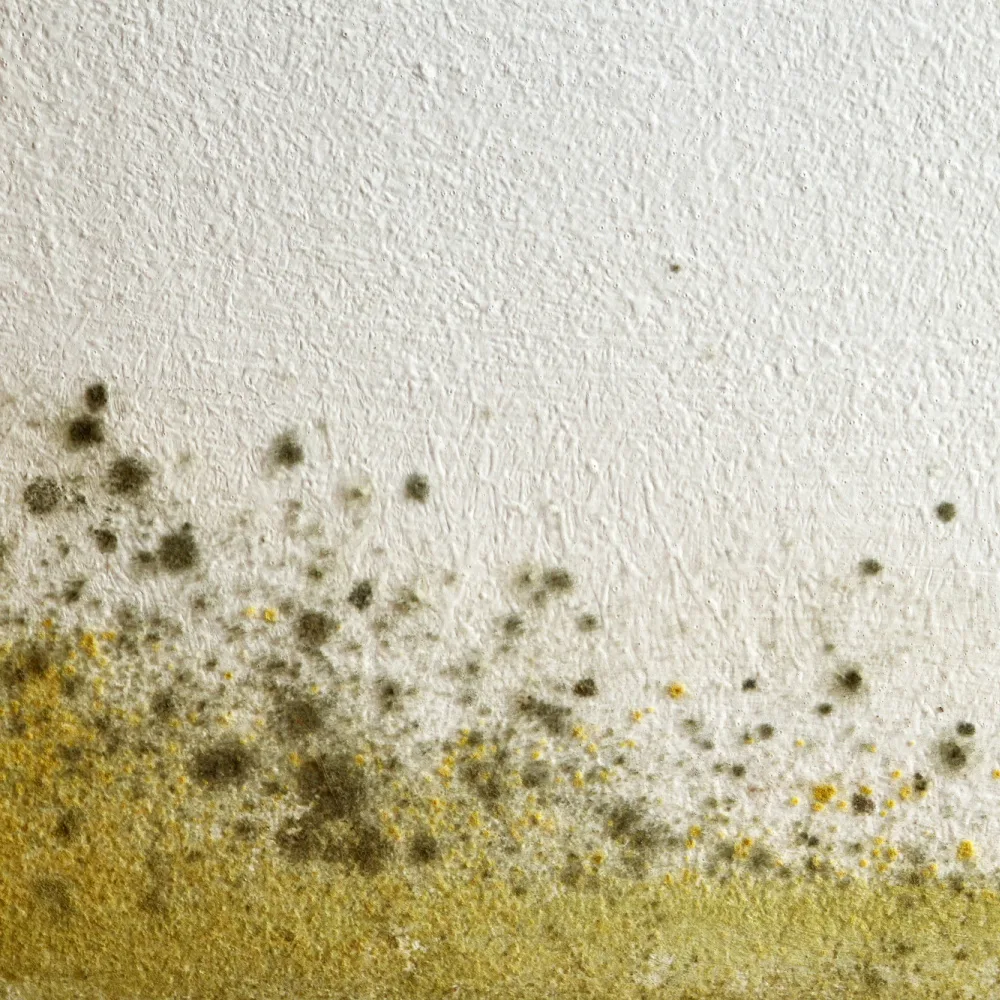The Hidden Connection: How Mold Impacts Mitochondrial Function
Mitochondria and mold may seem like two completely unrelated topics, but they are actually more closely linked than you might think. Understanding this connection is crucial for practitioners addressing chronic health issues in their patients.
Understanding Mitochondria: The Cellular Powerhouses
Mitochondria are tiny organelles found within cells that are responsible for producing energy through cellular respiration. These essential components are sometimes called the “powerhouses” of the cell because they produce adenosine triphosphate (ATP), the main source of energy for most cellular processes.
Key Mitochondrial Functions:
ATP energy production
Calcium regulation
Cell death regulation
Cell survival signaling
Mold: An Overlooked Health Threat
Mold is a type of fungus that can grow in moist environments. Mold spores can be found almost everywhere, and when they find a suitable environment, they can quickly grow and spread.
Health Problems Associated with Mold:
The Critical Connection: Mycotoxins and Mitochondrial Damage
How Mycotoxins Damage Cellular Function
Some species of mold produce a substance called mycotoxin, which can damage mitochondria. Mycotoxins are toxic compounds that can be harmful to humans and animals, causing a range of health problems.
Primary Damage Mechanisms:
Oxidative Stress
Mycotoxins cause an excess of reactive oxygen species (ROS), leading to damage of cell membranes, DNA, and proteins.
Protein Synthesis Inhibition
Some mycotoxins block protein synthesis, essential for cell growth and repair.
Cell Membrane Disruption
Mycotoxins can compromise cell membranes, allowing other toxins and pathogens to enter cells more easily.
Clinical Implications for Practitioners
Understanding the mitochondria-mold connection is essential for addressing chronic health conditions. When mycotoxins damage mitochondria and interfere with cellular processes, patients may experience:
Brain fog
Respiratory problems
Immune dysfunction
Neurological symptoms
Prevention and Treatment Considerations
It’s important to take steps to prevent mold growth in homes and workplaces and to be aware of the potential health risks associated with mycotoxins. Key strategies include:
- Environmental mold assessment and remediation
- Supporting mitochondrial function through targeted supplementation
- Implementing detoxification protocols
- Addressing oxidative stress with antioxidant support
Key Takeaway for Practitioners
Mitochondria and mold are closely linked through the damaging effects of mycotoxins. These toxic compounds can damage mitochondrial function, inhibit protein synthesis, and disrupt cell membranes, leading to a cascade of health problems. Recognizing this connection is crucial for effectively treating patients with chronic, unexplained symptoms that may have an environmental mold component.
DesBio empowers practitioners and their patients through targeted supplements and homeopathic remedies. We provide solutions to support mitochondrial health and address environmental toxin exposure.
Join Our Practitioner Community
Access professional-grade supplements and protocols to help your patients address mold-related health issues and support mitochondrial function.


